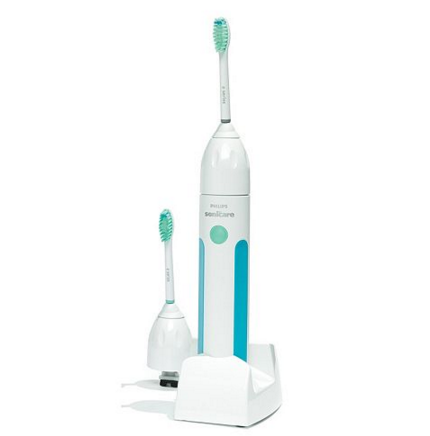

Sonicare doesn’t have a subscribe option, but you can do one-time purchases for your brush replacement heads. It comes in at $6 per brush head, which is reasonable, and relatively inexpensive.įor many, the fact that you can get a replacement brush head every month is a plus. The downside with Quip is the fact that you cannot tweak the subscription frequency, but with Goby, you can either go every month, every two months, or every three months. When it comes to Goby, it is the better option if you want to change brush head more regularly. Still, you get a triple-A battery included with the brush head, which is a plus, since that “no charger and no wires” thing is more or less saying that there isn’t a rechargeable battery for your toothbrush.īut this way, you’re set for both batteries and brush head. You get a replacement brush head every three months, and there aren’t many options to tweak the frequency. Not only do their actual toothbrush cost $25, but their subscription is an inexpensive $5. Quip is the most cost-effective option from the list. Subscriptions – Quip VS Goby VS Sonicare Quip How they managed to pull that off is impressive. Plus, Goby utilizes only a third of its RPM, and still Sonicare is on par with its battery-life. This means they can be taken on holidays and trips without you having to worry about taking the charger.Sonicare is the most impressive in terms of how many strokes per minute you get. Typically, though, you'll find that they can hold their charge from anywhere between 1 - 3 weeks, and perhaps longer. Like with changing out the heads, this differs greatly between users - as well obviously being different between certain models of brushes. How often do you need to charge an electric toothbrush?
#Are quip toothbrushes as good as sonicare manual#
Since the power behind electric toothbrushes allows you to use much less pressure, you'll likely find that electric toothbrush heads last much longer than their manual counterparts.Īs a bonus, being able to swap these heads out also means electric toothbrushes can be shared. This is personal to every user, since worn bristles often occur due to the pressure applied when cleaning, but changing roughly every 12 weeks is a good estimate. How often do you need to change toothbrush heads? Don't necessarily think you're paying for a better clean if you do get a flagship model, though. So, if you like having post-brush graphs, plenty of cleaning modes and potentially longer battery life, you're likely going to have to pay a bit more. What does change, however, is the other features. At least in our experience of testing with disclosing tablets to reveal plaque build-up, cleaning performance often doesn't differentiate too much between models. Value is always hard to ascertain, since, as with other areas, electric toothbrushes have plenty of different price points to pick from. Is it necessary to spend more on an electric toothbrush? Thankfully, you can't really lose with either one of these dominant electric toothbrush designs, so it's all down to personal preference. Sonic brushes, on the other hand, stray away from the rotating, round heads and instead vibrate at high levels in order to rid your teeth of plaque build-up. Oscillating models - like the ones you'd typically find from Oral-B - work exactly how the name suggests the head will rotate thousands of times per minute in order to wipe away plaque from your teeth. What type of electric toothbrush is best - oscillating vs. There's still plenty to understand about electric toothbrushes before you convert or upgrade, however, which is why we've gathered the most frequently asked questions and tried our best to help you feel comfortable before you buy.


 0 kommentar(er)
0 kommentar(er)
